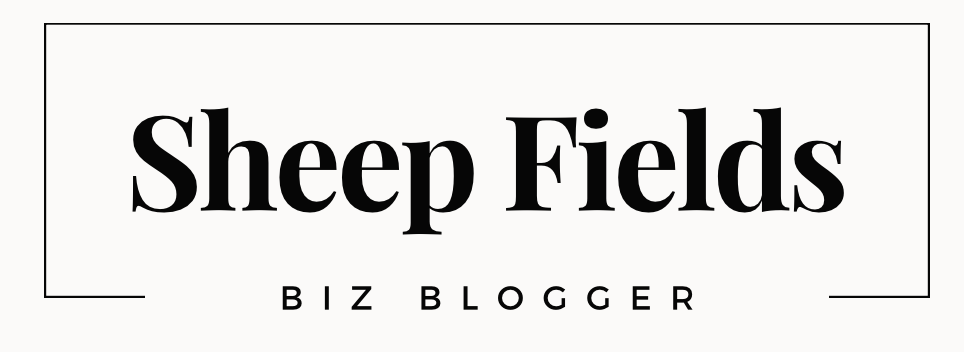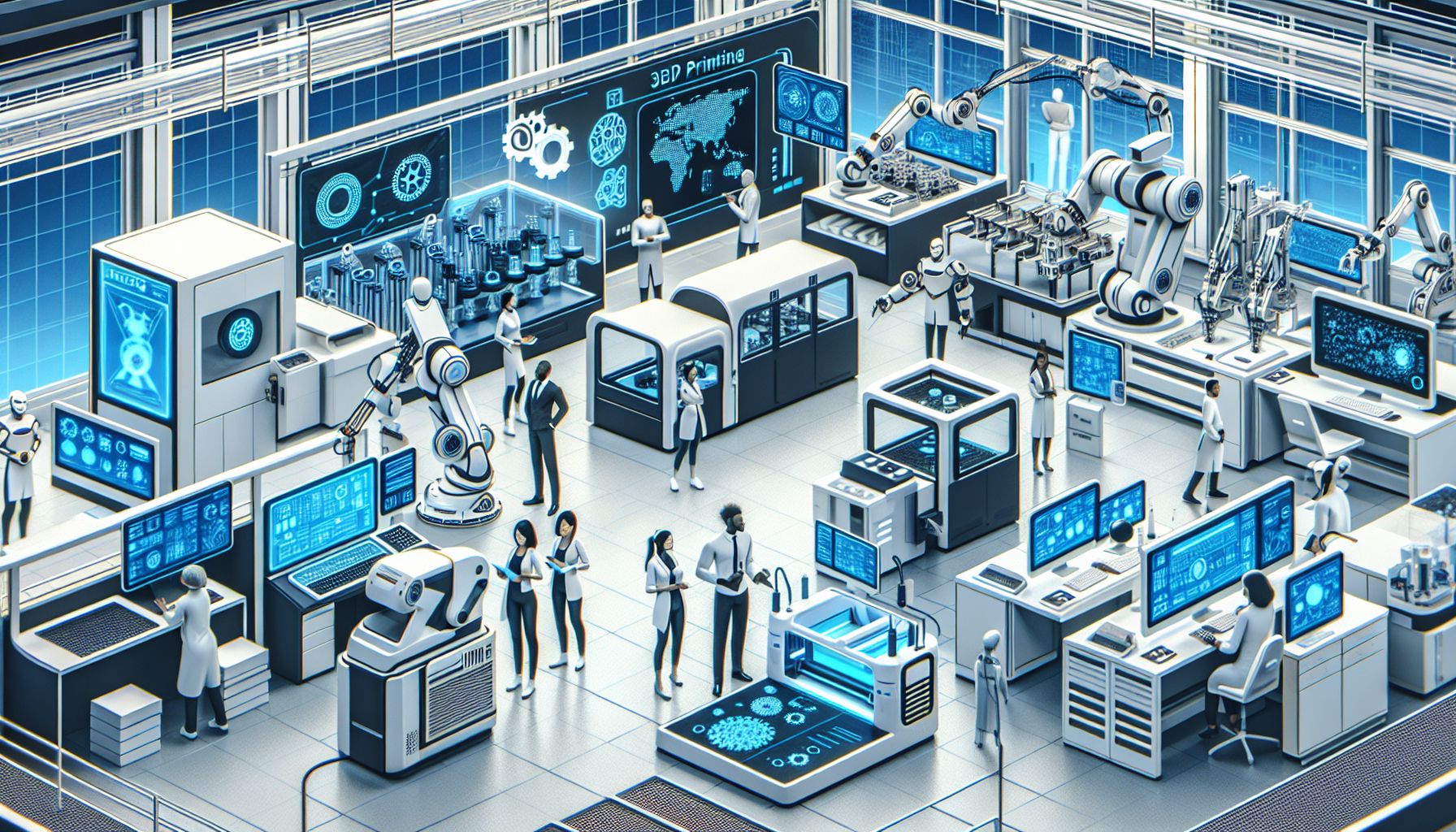Introduction
Printing has come a long way from its humble beginnings as a method of reproducing text and images on paper. In today’s digital age, the printing industry is constantly evolving and adapting to new technologies and consumer demands. From advancements in 3D printing to environmentally friendly practices, there are several trends shaping the future of the printing industry. In this article, we will explore the top trends and innovations that are reshaping the printing industry and discuss how they will impact our lives in the coming years.
Body
1. 3D Printing Revolution
One of the most significant trends in the printing industry is the growth of 3D printing. Also known as additive manufacturing, 3D printing enables the creation of three-dimensional objects by layering materials on top of each other. It has applications in various sectors, including healthcare, automotive, manufacturing, and even fashion.
In the healthcare field, 3D printing has already made groundbreaking advancements. Customized prosthetics, dental implants, and even human organs are now being manufactured using 3D printers. This technology has the potential to revolutionize the medical industry, offering personalized solutions and improving patient care.
Furthermore, 3D printing is gaining popularity in the manufacturing sector as companies utilize it to create prototypes, custom parts, and even entire products. This has led to shorter production cycles, reduced costs, and increased flexibility in design. As the technology advances, we can expect 3D printing to become more accessible and widely adopted across industries.
2. Digital Printing: Personalization and Convenience
Digital printing has transformed the way we produce printed materials, offering greater flexibility, personalization, and convenience. Unlike traditional printing methods that involve time-consuming setups and high minimum order quantities, digital printing allows for on-demand printing and customization.
With digital printing, businesses can easily personalize their marketing materials, such as brochures, flyers, and business cards, to target specific customer segments. Variable data printing enables the integration of individual customer information, allowing for highly targeted and effective marketing campaigns.
Furthermore, digital printing eliminates the need for storing large quantities of printed materials, reducing waste and costs associated with obsolescence. This environmentally friendly approach is gaining traction as companies strive to adopt more sustainable practices.
3. Green Printing: Sustainability and Eco-Friendliness
Sustainability is a key concern in today’s world, and the printing industry is no exception. As consumers become increasingly eco-conscious, there is a growing demand for sustainable printing practices.
Printers are embracing environmentally friendly initiatives such as using recyclable materials, biodegradable inks, and energy-efficient equipment. Additionally, many printing companies are implementing waste reduction strategies, such as optimizing print layouts and minimizing excess inventory.
Moreover, digital printing plays a vital role in reducing waste and energy consumption. By eliminating the need for large print runs and physical storage, digital printing helps minimize environmental impact. The combination of digital printing and sustainable practices provides a greener and more responsible approach to the printing industry.
4. Augmented Reality and Interactive Printing
Augmented Reality (AR) is blending the real and virtual worlds, and its integration into the printing industry opens up new possibilities for interactive and engaging experiences.
AR-enhanced print materials, such as magazines, brochures, and packaging, can be scanned using a smartphone or tablet to unlock additional digital content. This provides users with a multi-dimensional experience, allowing them to explore interactive features, view product demonstrations, or access additional information.
Interactive printing not only captivates consumers but also provides businesses with valuable data and insights. By tracking user engagement and behavior, companies can gain a deeper understanding of their target audience and refine their marketing strategies accordingly.
5. Nanography: High-Quality and Cost-Effective Printing
Nanography is an emerging printing technology that combines the best aspects of digital and offset printing, offering high-quality output at a reasonable cost.
Utilizing tiny pigment particles and water-based inks, nanography delivers exceptional image quality and color vibrancy while maintaining the cost efficiency of digital printing. The technology allows for ultra-fine details, consistent color reproduction, and the ability to print on a wide range of substrates.
Nanographic printing is particularly attractive to commercial printers, publishers, and packaging companies as it provides a superior print quality that rivals traditional offset printing, but with the added benefits of variable data printing and shorter turnaround times.
Conclusion
As we have seen, the printing industry is undergoing significant transformations, driven by advancements in technology and changing consumer expectations. From 3D printing that revolutionizes manufacturing to digital printing and personalization, sustainability, interactive experiences with augmented reality, and cost-effective high-quality nanography, these trends are shaping the future of the printing industry.
With every innovation, the printing industry is becoming more versatile, efficient, and sustainable. As consumers and businesses continue to demand customizable and eco-friendly printing solutions, the industry will adapt and thrive, offering more advanced and exciting printing capabilities. Embracing these trends and staying ahead of the curve will be crucial for businesses operating in this ever-evolving industry.

